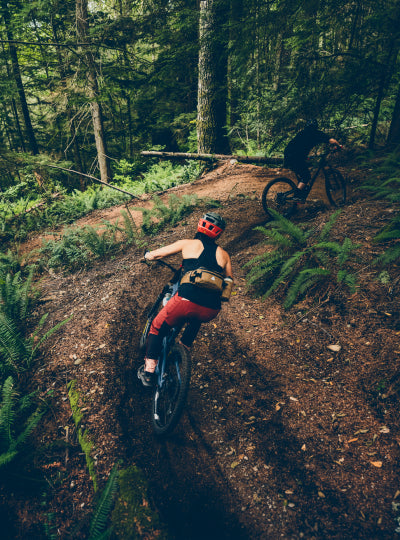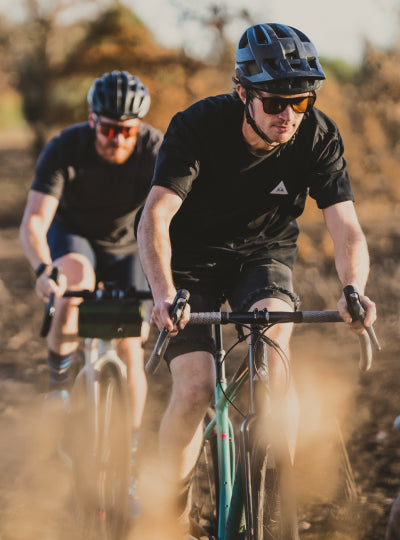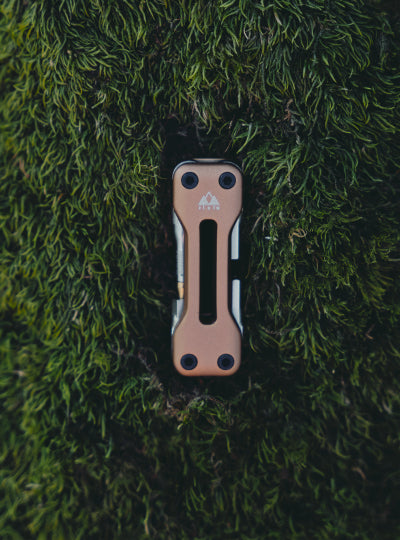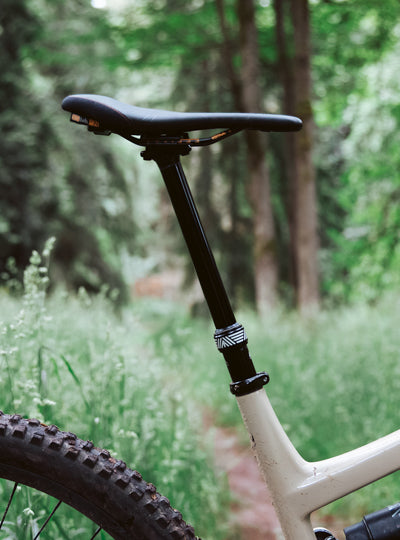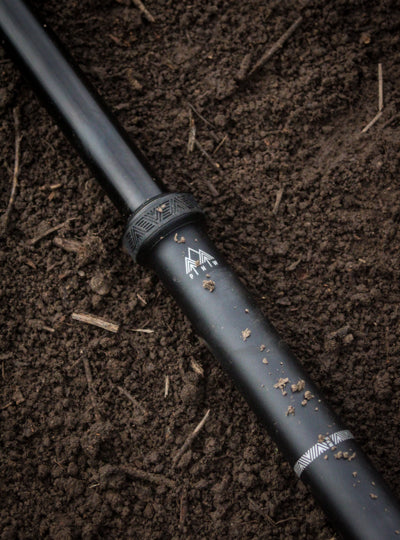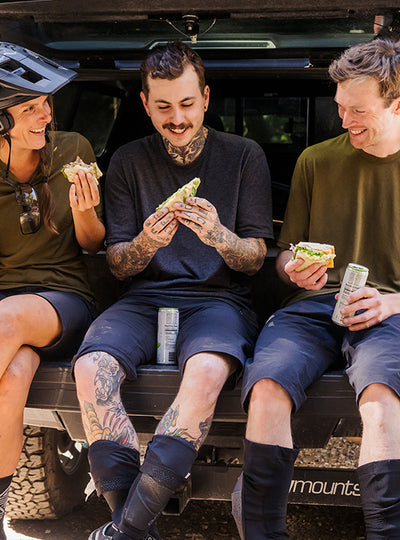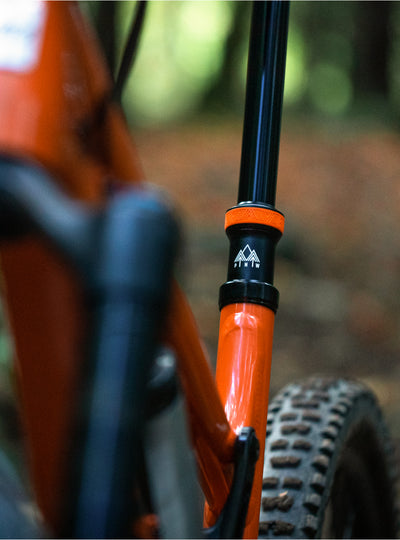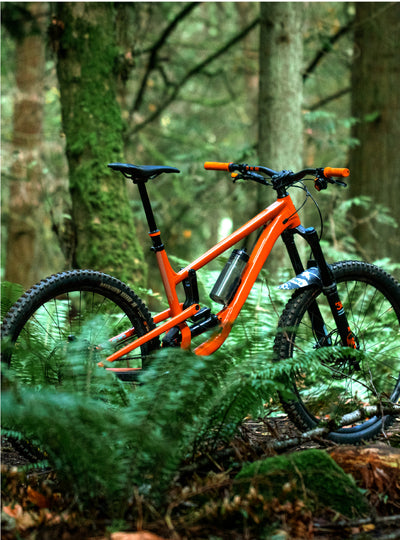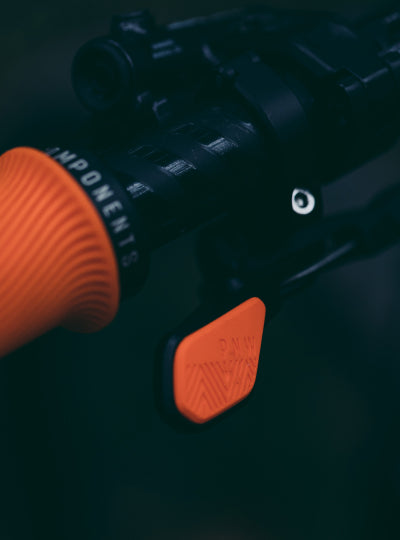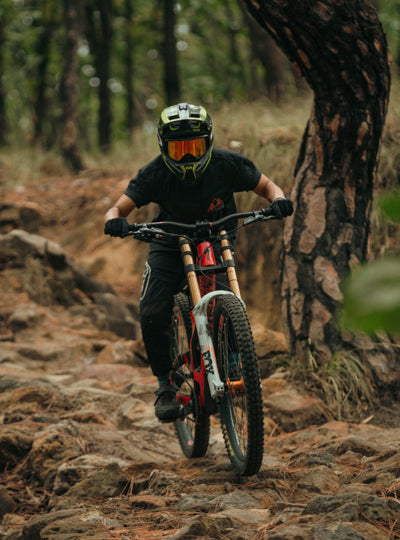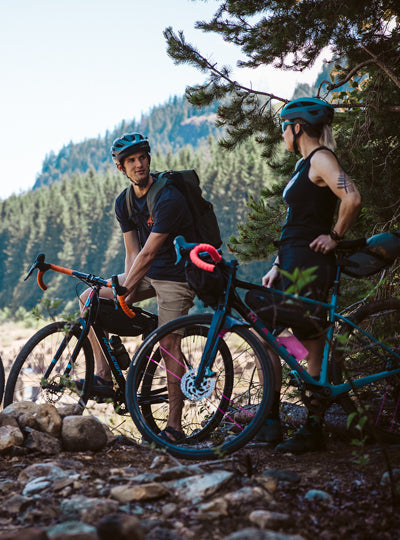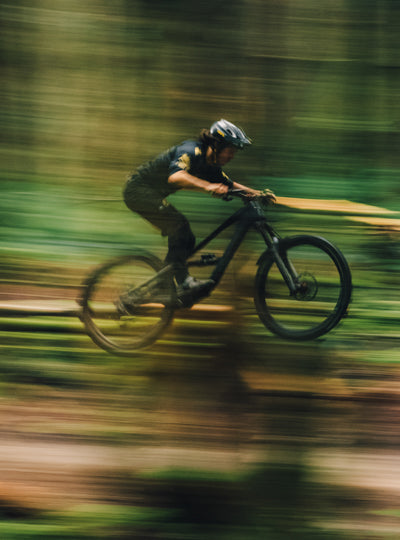Bikepacking.com just posted an in-depth article on the ins and outs of bike packing with a dropper post. This was a diligent and long term test of multiple droppers and we are psyched to say we came out on the top of their recommendations, sharing the honor with Race Face. Read the start of the article below, written by the team at bikepacking.com, to learn why dropper posts and bike packing make a pretty perfect match.
Bikepacking with a dropper post can be revolutionary, especially when the ride involves singletrack and technical descents. But, there are a few factors to consider before jumping in. Which seat packs will work? How do I select the right dropper post? And which ones are durable, reliable, and powerful enough to hoist a load? Here’s part one of our full guide, almost two years in the making…
The dropper seatpost is arguably the single most significant innovation in the mountain bike industry within the last two decades. In just a few years, it’s grown from an eclectic downhill-specific gizmo to a ubiquitous component outfitted on nearly every modern mountain bike. And, for good reason: dropper posts changed the way people ride mountain bikes more than anything that’s come along since suspension. Most mountain bikers will attest to the benefits of riding with a dropper, especially when it comes to steep and technical terrain. You might even hear some converts refer to the time period before droppers as the dark ages. Back then—just a few years ago, really—folks either stopped to lower their saddle before a big descent, or hung over the back as best they could (and simply didn’t have quite as much fun). Dark times, indeed. In all seriousness, if you like techy trails, once you try riding with a dropper post, it’s hard to go back to the ways of old. Moving your weight low and to the rear allows you to ride technical trails with a new level of grace and confidence, and it’s quite addictive.
All that said, until just last year, it was challenging to realize these benefits while bikepacking. When running a seat bag, it was usually necessary to swap the dropper for a rigid post to avoid the beefy seatpost strap damaging the dropper stanchion. And, unless you have the inseam of a giraffe, large seat packs often limit the ability to use a dropper post at all. Additionally, dropper posts haven’t historically been reliable, and taking one deep into the backcountry was a risky proposition. Fortunately, droppers are improving, and a few bag makers have started to produce streamlined, dropper-specific seat packs. Finally, we can confirm that the same grin-inducing benefits can indeed carry over to bikepacking. “Never had I moved so efficiently and enjoyed challenging riding on a loaded bike to that degree. Having experienced it, I can’t imagine riding something like the Colorado Trail without one,” said Skyler Des Roches of Porcelain Rocket, referring to riding with their dropper-specific Albert seat pack. With reliable dropper posts and dropper-friendly seat packs coming to market, bikepacking with your trail bike is possible without going back to the dark ages.
In this guide, we’ll explore some particulars, including what to look for when buying a dropper and the bags designed to use with them. We’re not trying to make converts out of people who’ve yet to try bikepacking with a dropper post. Instead, we want to point out to mountain bikers who’ve already grown accustomed to using a dropper post, that it is doable, and all those great trail rides don’t have to be limited to a single day...
Read the whole article here.
*photo taken by Ryan Sigsbey
